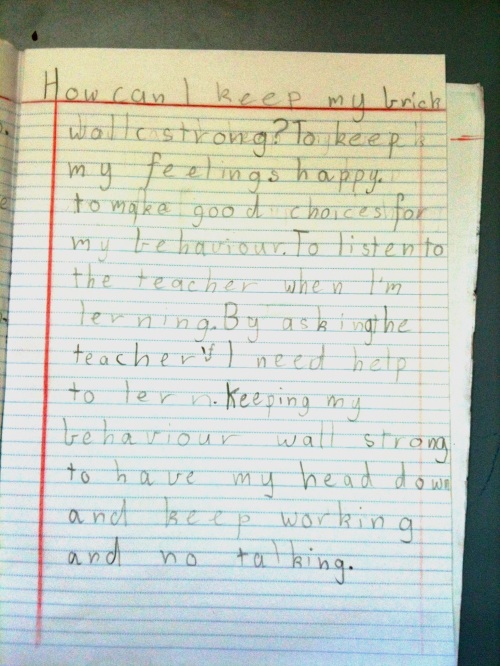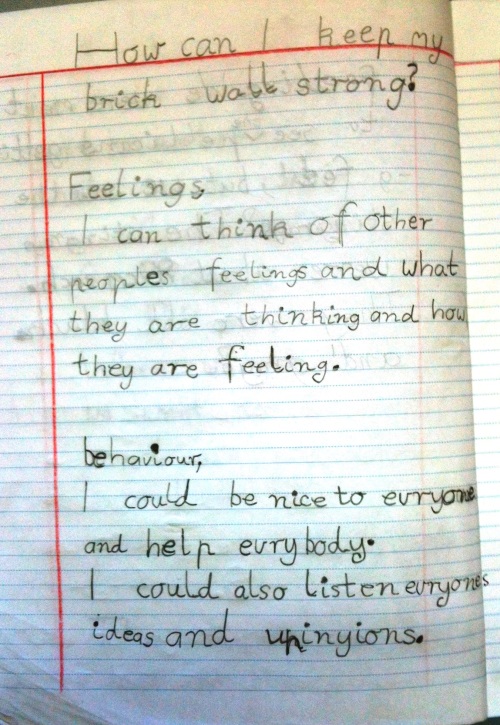The first term of 2013 finished last week coinciding with Easter and it’s time to reflect on my year so far. This year I’m teaching a junior grade made up of grades 1 and 2. After a number of years teaching a Prep grade, following on with a junior grade was a logical move for me as an educator. Having said this, I’ve been around long enough to have taught all levels of primary education a number of times.
Time changes best practice and I’m working with a colleague where I’m definitely the learner. The teaching of maths is my personal focus this year. Last week, I was able to be a part of one of my colleague’s math sessions, and as I love being in the ‘learner’s seat’, it was enlightening. I have so many questions!
Each year I find something to inspire my personal professional development. It doesn’t always mean attending out-sourced costly professional development. I have the mentor in my own work place!
Personalising Learning: My favourite words – I need help or I don’t understand….
Setting the scene: I want my students to understand that being a learner is about taking risks… Recently, we discussed brick walls.
Learning Walls and Personal Walls
Analogy: Our learning is just like a brick wall. What happens if some of the bricks are missing or not placed properly? What makes a wall strong?
They knew instantly! The beauty of this analogy is the children know you can take out wobbly bricks, position the brick again and make a strong wall. You just have to know which bricks are wobbly. That’s why pre-assessing knowledge and sharing results with children is important. They also explored their personal school/ learning wall and how to keep this wall strong. It was a great topic for the children to write about. How can I keep my brick wall strong?
Cheers Nina














 You’ll notice that a checklist is attached. Hope you find this post useful. Cheers Nina
You’ll notice that a checklist is attached. Hope you find this post useful. Cheers Nina